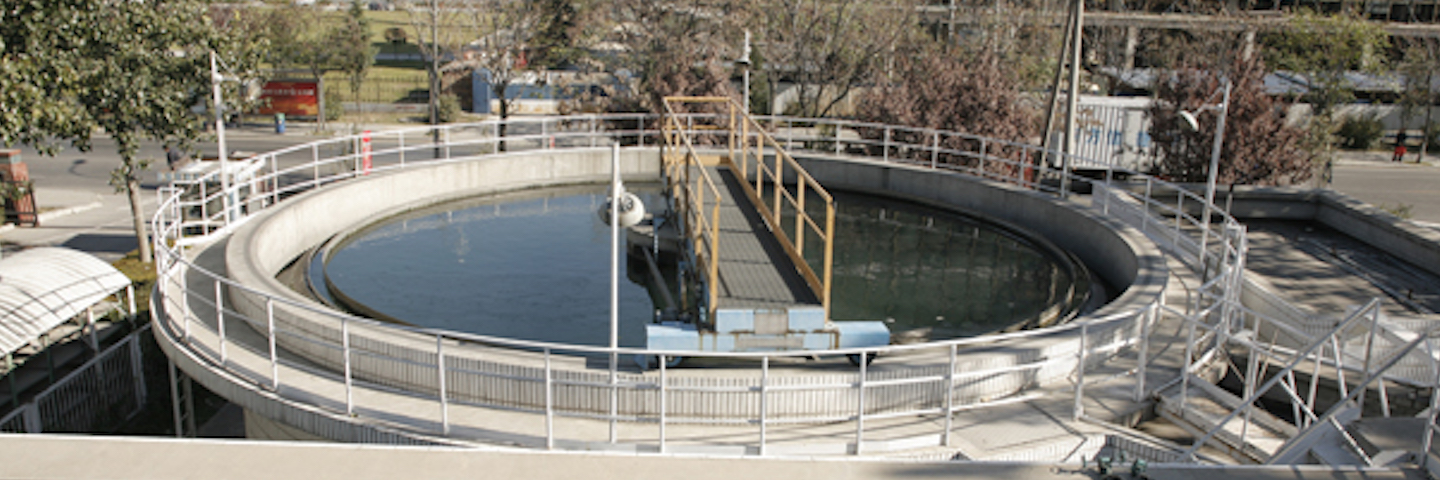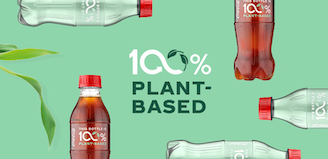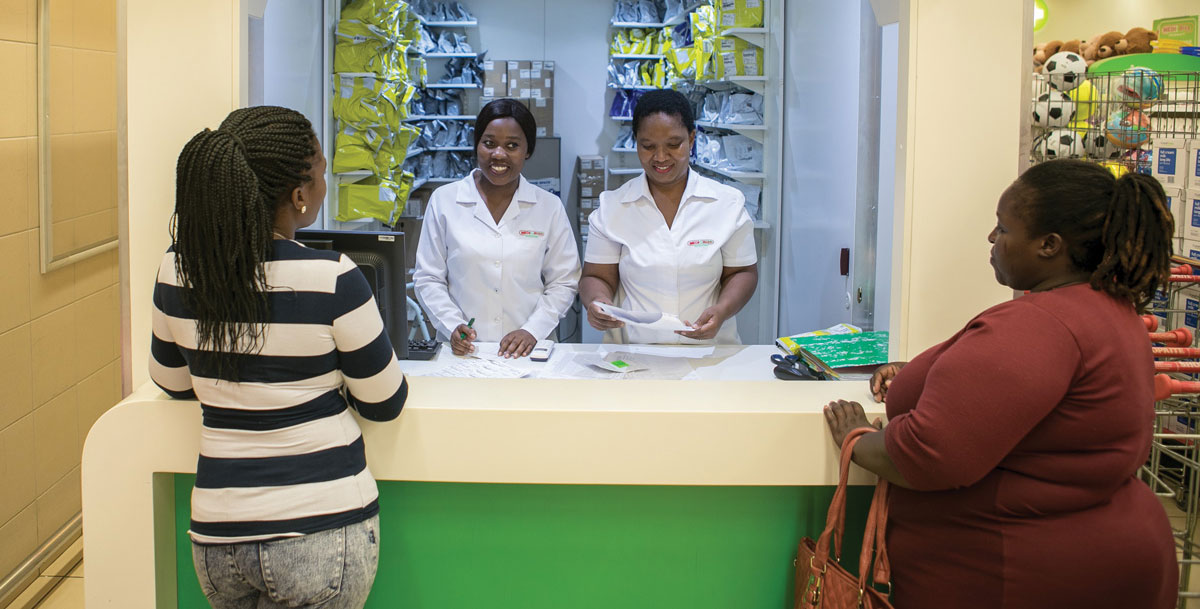Waste Quality & Wastewater Management
Water is required as an ingredient in our beverages and water is required to manufacture our beverages. In fact, most products well beyond beverages require water in their manufacturing process. Our water-involved production activities include processing, cleaning, and returning treated water back to communities and nature. We refer to these production activities as our wastewater management program.
Wastewater Management Program
Meeting our global water goal requires:
- Replenishing the water used in our global sales volume back to communities and nature through water projects outside our manufacturing plant boundaries, and
- Returning the water used to make our beverages back to communities and nature after we've appropriately treated it.
The manufacturing community calls the latter, wastewater. So, we refer to our processing, cleaning and returning that water back to communities and nature as our wastewater management program.
The majority of the water we source to make our beverages is from established municipal systems (think tap water at home for many) or from other sources like rivers, reservoirs, wells, aquifers—each governed by local authorities and stringent, internal requirements. The water that does not go into our beverages but is instead used in our manufacturing process (approximately 0.96 liters of water per liter of product produced in 2015) is treated to our comprehensive global quality standards and then returned to nature and municipalities.
We set an industry-leading system-wide goal to require all of our plants to implement strict standards to treat and return the water we use in our manufacturing process back to nature at a level that supports aquatic life, even when not required or requested by local governments and communities. In many cases, this goal drove our bottling plants to adopt processes and technologies for comprehensive wastewater treatment within our facilities – a sizable commitment and investment of approximately $1 billion across our system.
This intense focus has moved wastewater treatment from a goal to a standard operating requirement adopted by the Coca‑Cola system. We continue to strive for full compliance with our stringent internal guidelines, as new facilities are constructed or join our system through acquisitions, as well as in existing facilities.
Out of 804 Coca‑Cola system facilities, there are four facilities in areas of civil strife where we are currently unable to construct a wastewater treatment plant, three wastewater treatment plants are under design and construction, and two are in the planning phase. We are working with non-compliant plants to ensure they are able to align as local conditions allow and supporting their adoption of standards and upgrades their systems require. Having only nine non-compliant plants is a considerable win for our system and for the environment with 173 billion liters of water being fully treated and returned directly from our bottling plants, all over the world. In many places, our wastewater treatment was one of the first and sometimes still one of few in a given country.
Additionally, we are maturing our governance and technical support programs for wastewater toward a performance-based model that focuses on further optimizing efficiency and improving the quality of water we discharge to the environment.
How We Set Our Wastewater Treatment Standards
We created our wastewater treatment standards through a multi-stage and stakeholder engagement process that
- Identified what was in our wastewater by analyzing several samples of untreated water from different manufacturing operations across our system.
- Worked with experts from outside our system to evaluate aquatic toxicology science to determine how varying concentrations of certain water quality parameters (e.g., acidity, alkalinity, and BOD) affect aquatic life.
- Reviewed wastewater regulations from around the world to learn how governments are addressing those same parameters.
- Combined all of our information to arrive at the maximum allowable concentrations for each parameter. Our internal wastewater treatment standards call for treatment of all water we discharge at the agreed levels.




